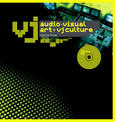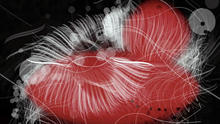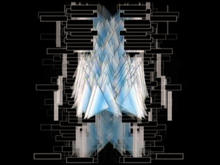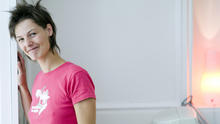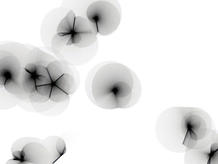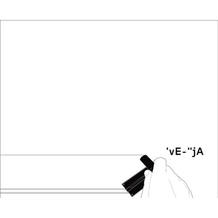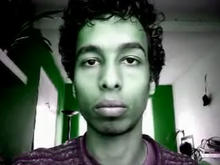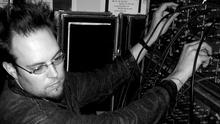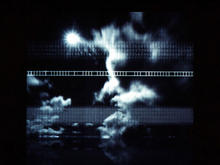Lia
is an Austrian artist and one of the early pioneers of Software and Net Art. She has been creating digital art, installations and sound works since 1995.
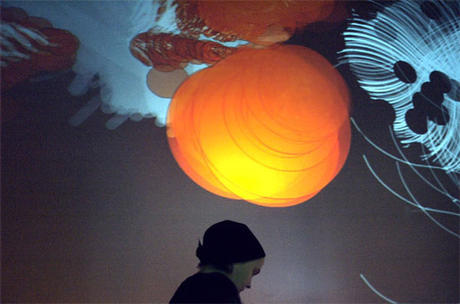
Well-known for her work with abstract generative studies and live visuals, Lia is a good example of the autodidact programming artist. Born in Graz, Austria, she has no formal education in art or programming, and got involved in the electronic art and music scene of Vienna partly through collaborations with another Austrian artist, dextro. Their collaboration turux.org consisted of a series of abstract generative sketches done in Director Shockwave, and was very influential in the mid-90s web scene.
Lia rapidly gained a reputation for her own work through the site re-move.org, again using Shockwave and minimalist abstract graphics to great effect. By her own description, Lia’s work is inspired by natural systems such as invertebrate animals and plants. Coming from an Austrian brand of abstraction, her minimalist graphics typically use minimal color and are strictly non-representational. She frequently uses angular shapes as building blocks for compositions with an unmistakably organic feel.
Lia has recently moved away from web-based work, working on installations or live visuals for music. She has a long-standing collaboration with Portuguese experimental music group @c and the Cronica Electronica label. Now she often performs as TinyLittleElements with partner Sebastian Meissner, alternately a pure visuals set or an audiovisual combo group. Lia has done live visuals at many prestigious festivals such as Ars Electronica, Mutek and Sonar, sometimes doing marathon sets of 7 hours using her own custom performance software.
Source: Generator.x


